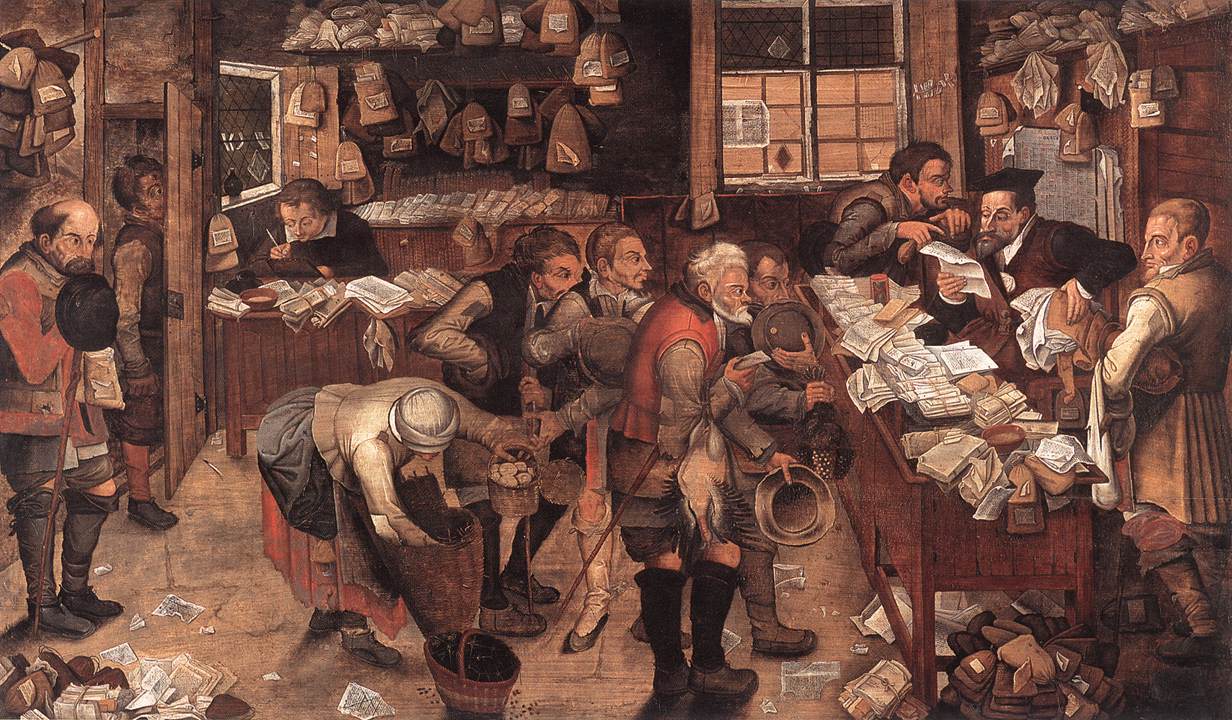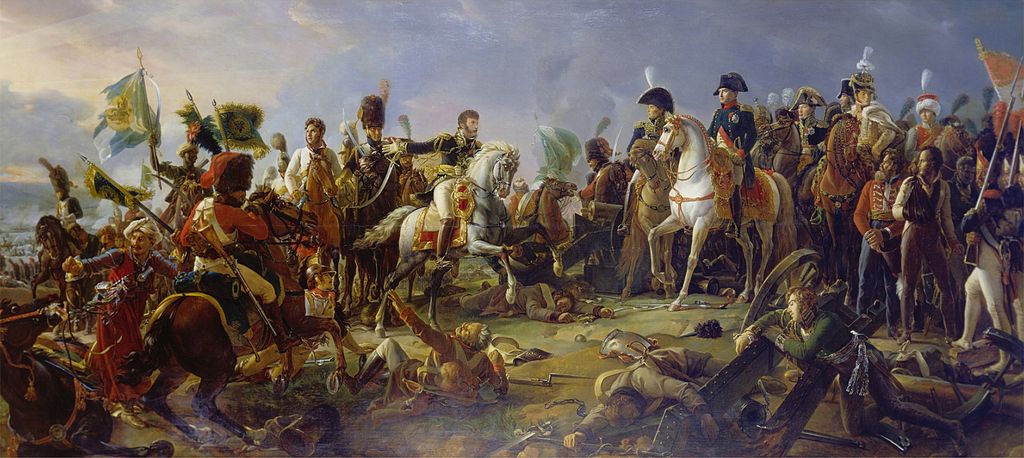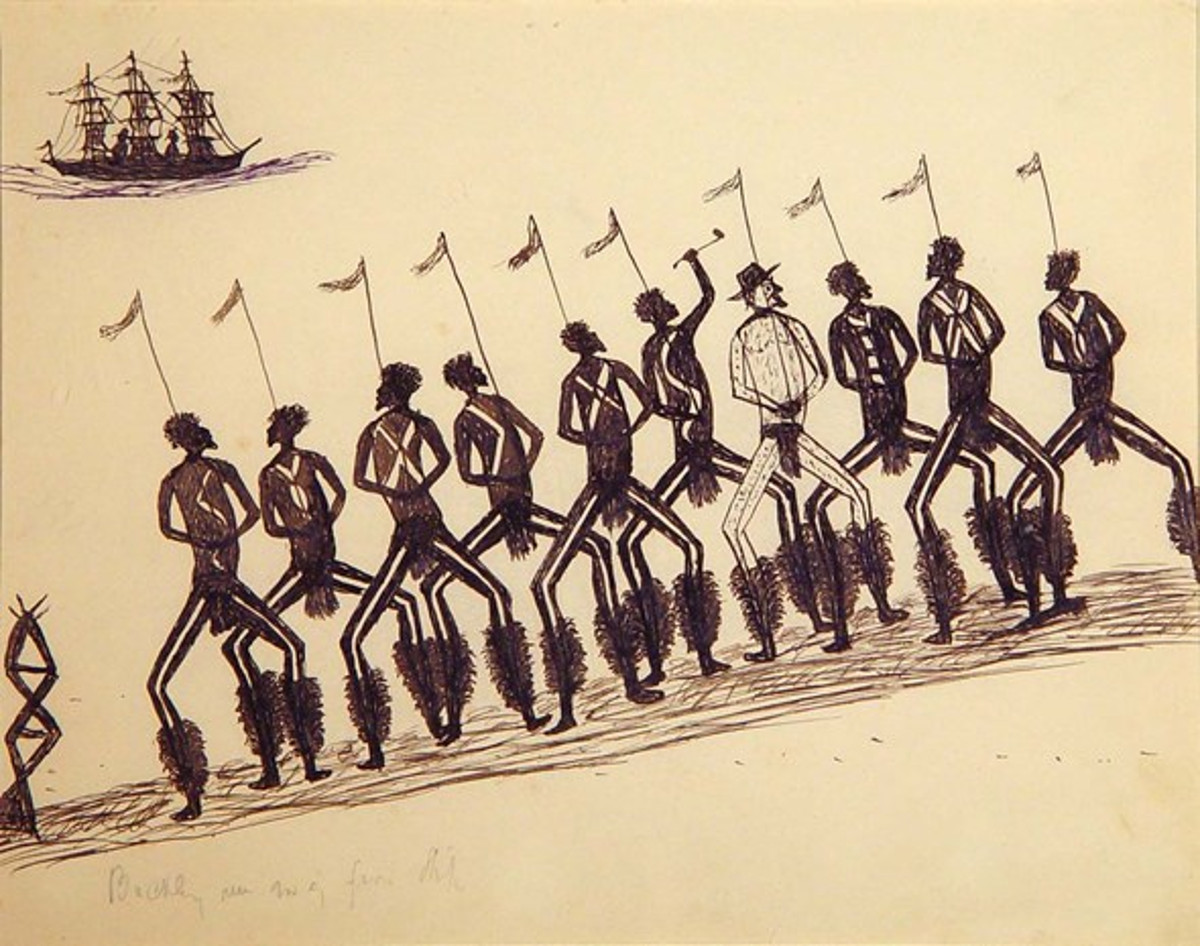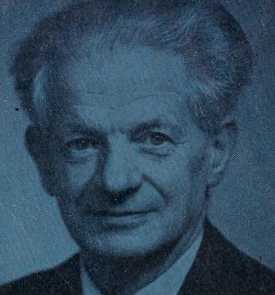Susan Cahill performs a self-referential piece by Tom Johnson at the 2014 Festival Mozaic.
(Via MetaFilter.)
Susan Cahill performs a self-referential piece by Tom Johnson at the 2014 Festival Mozaic.
(Via MetaFilter.)

In 1765 Samuel Johnson considered taking up the study of law. In his diary he wrote:
Almighty God, the Giver of wisdom, without whose help resolutions are vain, without whose blessing study is ineffectual, enable me, if it be Thy will, to attain such knowledge as may qualify me to direct the doubtful and instruct the ignorant, to prevent wrong, and terminate contention; and grant that I may use that knowledge which I shall attain to Thy glory and my own salvation; for Jesus Christ’s sake. Amen.
He seems to have given up the project, but he maintained his respect for the profession. The following year, when James Boswell mentioned that a friend had jokingly advised him against becoming a lawyer “because I should be excelled by plodding block-heads,” Johnson replied, “Why, Sir, in the formulary and statutory part of law, a plodding block-head may excel; but in the ingenious and rational part of it a plodding block-head can never excel.”

“A soldier will fight long and hard for a bit of colored ribbon.” — Napoleon
Japanese artist Tatsuo Horiuchi creates digital art in Microsoft Excel. As he neared retirement he decided to take up painting, but he wanted to save the cost of brushes and pencils, so he used a tool he already owned, Microsoft’s popular spreadsheet program.
“I never used Excel at work but I saw other people making pretty graphs and thought, ‘I could probably draw with that,'” he told My Modern Met. “Graphics software is expensive, but Excel comes pre-installed in most computers … And it has more functions and is easier to use than Paint.”
He began painting in Excel in the year 2000. “I set a goal,” he says, “in 10 years, I wanted to paint something decent that I could show to people.” After only six years he took first prize at the Excel Autoshape Art Contest, and he’s been at it now for more than 15 years.
He sells the digital paintings as limited-edition prints that you can see and purchase here.
allograph
n. something written for another person
facrere
n. the art of “make-believe”
dabster
n. a master of his business
gelastic
n. something capable of exciting smiles or laughter
Leroy Anderson’s 1950 composition “The Typewriter” uses a manual typewriter as an instrument.
To keep the keys from jamming, the machine is modified so that only two keys work. All the same, Anderson found that percussionists perform it more reliably than typists do.
“We have two drummers,” Anderson said in a 1970 interview. “A lot of people think we use stenographers, but they can’t do it because they can’t make their fingers move fast enough. So we have drummers because they can get wrist action.”
Jerry Lewis famously adopted the piece for his 1963 film Who’s Minding the Store?, below.
https://www.youtube.com/watch?v=oSyivQLQfQw

In 1835, settlers in Australia discovered a European man dressed in kangaroo skins, a convict who had escaped an earlier settlement and spent 32 years living among the natives of southern Victoria. In this week’s episode of the Futility Closet podcast we’ll review the extraordinary life of William Buckley, the so-called “wild white man” of colonial Australia.
We’ll also try to fend off scurvy and puzzle over some colorful letters.
In the 19th century scientists were increasingly interested in comparing personality with brain anatomy, but they faced a problem: Lower-class brains could be acquired fairly easily from hospital morgues, but people with exceptional brains had the means to protect them from the dissecting knife after death.
The solution was the Society of Mutual Autopsy (Société d’autopsie mutuelle), founded in 1876 “for the purpose of furnishing to the investigations of medicists brains superior to those of the common people.” Anatomists bequeathed their brains to each other, and the results of each investigation were read out to the other members of the club. (An early forerunner was Georges Cuvier, whose brain was found to weigh 1830 grams and displayed a “truly prodigious number of convolutions.”)
Similar “brain clubs” sprang up in Munich, Paris, Stockholm, Philadelphia, Moscow, and Berlin before the practice began to die out around World War I. Until then, writes anthropologist Frances Larson in Severed, her 2014 history of severed heads, “Members could die happy in the knowledge that their own brain would become central to the utopian scientific project they had pursued so fervently in life.”

In the 1940s British psychologist Robert H. Thouless set out to test the existence of life after death by publishing an enciphered message and then communicating the key to some living person after his own death. He published the following in the Proceedings of the Society for Psychical Research:
CBFTM HGRIO TSTAU FSBDN WGNIS BRVEF BQTAB QRPEF BKSDG MNRPS RFBSU TTDMF EMA BIM
He wrote that “it uses one of the well-known methods of encipherment with a key-word which I hope to be able to remember in the after life. I have not communicated and shall not communicate this key-word to any other person while I am still in this world, and I destroyed all papers used in enciphering as soon as I had finished.” He hoped that his message would be unsolvable without supernatural aid because the message was relatively short and the cipher wasn’t simple. To prevent an erroneous decipherment, he revealed that his passage was “an extract from one of Shakespeare’s plays.” And he left the solution in a sealed envelope with the Society for Psychical Research, to be opened if this finally proved necessary.
He needn’t have worried — an unidentified “cipher expert” took up the cipher as a challenge and solved it in two weeks, long before Thouless’ death. It was the last two lines of this quotation from Macbeth:
Sleep that knits up the ravelled sleave of care
The death of each day’s life, sore labour’s bath
Balm of hurt minds, great nature’s second course,
Chief nourisher in life’s feast.
(It’s a Playfair cipher — a full solution is given in Craig Bauer’s excellent Unsolved!, 2017.)
Interestingly, Thouless published two other encrypted ciphers before his death in 1984, and only one has been solved. If you can communicate with the dead perhaps you can still solve it — it’s given on Klaus Schmeh’s blog.
09/01/2019 UPDATE: The last one has been solved! (Thanks, Jason.)

In September 1914, a crater wall collapsed on the marine volcano Whakaari, east of New Zealand.
The resulting mudflow overwhelmed 10 sulphur miners.
Three weeks later, when a resupply ship landed on the island, it found Peter the Great, a camp cat, hungry but uninjured.
The bodies of the 10 men and the other camp cats were never found.
A tromboon, above, is a trombone played with the reed and bocal of a bassoon.
A saxobone, below, is a trombone played with the mouthpiece of a saxophone.
If you could play a bassoon with a saxophone mouthpiece I suppose it would be called a saxoboon, but I don’t think that’s even technically possible.